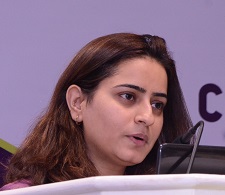
Will the National Education Policy 2020 bring in a new dawn and change the attitude of our society towards education or will it turn out into just like any other well-drafted policies that fail to translate into reality on the ground? What could be done to make the education policy work on the ground? Will it require a top-down approach or a collaborative transformation at all levels? The article below is an insight into finding answers to a few of these questions.
The current education system in India
While some argue that the current system is crucial for giving an in-depth strong foundation while others state that it promotes rot learning and cut-throat competition that is building unnecessary pressure on the students. I personally find myself in between these two extremes.
In my interaction with the students globally at some point, it is quite evident that the practical application of studies is well built in their system. In India also we have a number of examples where an indigenous technology was developed by kids even who were not going to formal schooling. This does not negate the role of schools; however, it does imply that innovativeness and creativity cannot be just stimulated by an institution alone but demands interest, curiosity, and practice.
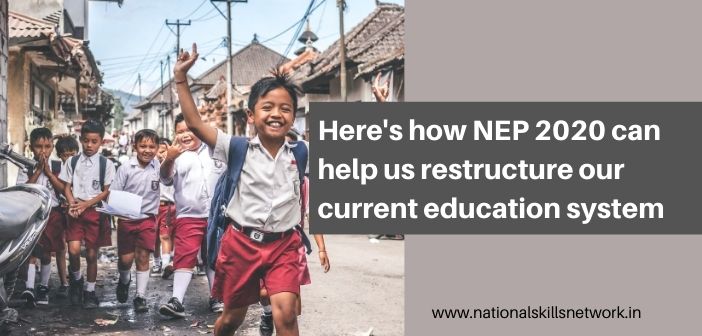 It is not long back in our country when the parents could only see two things – a doctor or an engineer. With time a whole new arena of opportunities and fields is well appreciated and encouraged by parents. This led to diversified training and employment opportunities across sectors in different trades. A lot of its credit goes to the progress in communication technology that has familiarized people with the change markers or early torchbearers in the offbeat fields.
It is not long back in our country when the parents could only see two things – a doctor or an engineer. With time a whole new arena of opportunities and fields is well appreciated and encouraged by parents. This led to diversified training and employment opportunities across sectors in different trades. A lot of its credit goes to the progress in communication technology that has familiarized people with the change markers or early torchbearers in the offbeat fields.
All of us would be aware that result announcements especially of 10th and 12th grade were and are still being looked at as a very big event in life. We as a society have never regarded a failure or an underperformer. The effort or sheer attempt that one has taken often gets unnoticed in the black and white colors of success and failure. Would this mindset change by the promises made by the new national education policy? The most important role, in this case, is that of parents who need to go beyond the lines of log kya khahenge and let their kids explore and experiment in life to realize their full potential. The implementation of education policy gives a huge scope for this experimentation.
Outcome-based skill education
One of the important factors that give further impetus to this policy is the emphasis that is being given to the outcome-based skill education in the country where training is not only being conducted in the aspiring trades but also recognizing the existing skillsets of the workforce in the conventional trades. Efforts have also been undertaken to integrate skill education in the formal education system at various levels but a lot needs to be done in terms of increasing its acceptability and aspirational value among the takers. The framework of the education policy is promising a better situation in this regard where skill and education will not be seen as counter agents but as participating elements working towards the holistic development of a child.
NEP 2020 can help us restructure current education system
Now if we delve into what can be possible measures to ensure that the policy sees its real implementation on the ground, I have few suggestions to touch upon some of the reforms that may be needed.
Institutional / Structural
I think in the foundation classes, to begin with, structural-changes need to be encouraged in the infrastructure which allows interaction, group learning, and less of a rat race and competitive bids. More colorful and random arrangements (with an underlying theme) will help people in associating and accepting the changes being suggested in the new policy framework. The physical infrastructure changes can be brought in a phased manner by innovative use of existing resources to ensure that this does not create a financial burden on the institution itself.
Training material and Pedagogy
Pedagogy needs to be more customized that ensures participative learning in the class. The training methodology should help in engaging students innovatively in a manner that is not defined just by the performance of students but by their active participation and initiatives. Building on the foundation skills and emphasizing the use of mother language is also an important element that needs to be part of curriculums across.
Use of digital technology
The COVID times have taught this the best. Technology if put to the right use can accelerate the learning and development processes without intimidating the learners. At least in the tier-2 cities, the online classes have improved the IT skills of the students which otherwise may have been neglected. Digital technology in a limited context may be used as just an enabler/ facilitator and not a substitute for human interactions.
Mindset reforms
Finishing homework cannot be the end of the world. Students need to look beyond their notebooks and observe and make perspectives on the world around them. I feel it is important to develop a very normal without any external force culture that stimulates children to observe and be attentive to their surroundings. Different sort of exercises may be developed to help students to learn from the communities around. Each student may be given ownership/ responsibility of one lane in his or her locality. Understanding how many how elderly people live there, do maids children go to schools, helping them with used books and all. In all the initiatives that may be designed, it is important that curiosity should be encouraged, and while answers should not be directly served on the platter.
Related Article: 10 points to consider: Vocational education and skills in National Education Policy 2020 – Read More: https://nationalskillsnetwork.in/10-points-to-consider-vocational-education-and-skills-in-national-education-policy-2020/
To ensure that this happens, mindset reform is needed at three levels:
- Parents
- Teachers/ Schools
- Community as a whole
All these three players must get rid of those processes that inhibit the overall growth of the child by focusing on the mark sheet for flaunting among others. However, it is also important that this revolution in the education system should not erase some of the most intrinsic and important values of our system, but blend them well in the new principles and processes of the new education policy.
It also calls for a change in the overall approach where the outcomes of the education are valued and not merely the process. In the TVET system in the country, there is a concept of recognition of prior learning whereby the certification is provided for the skill sets that may have been acquired through informal learning / work-based experience.
A learner-centric process needs to be the foundation in all these reforms. The new education policy definitely gives a huge scope and window of opportunity for all of us to move beyond mark sheets and work towards the holistic development of the children. I strongly believe that reforms if packaged and delivered in a participatory manner do create a positive impact. The moment a reform or change is presented as comfort value rather an intrusion, its acceptability among various stakeholders is bound to increase leading to positive outcomes and I am keeping my fingers crossed to see this new dawn in the education system.
About the author: Deepali Raina was working as a consultant with the National Skill Development Agency (now NCVET) and thereafter has worked as National Mission Manager with National Urban Livelihoods Mission. Her focus areas include policy research, quality assurance, and documentation, and revival of traditional skills. With her background in film making and communications, she has also worked on an innovative use of communication tools for reaching out to different target groups in the social development space.
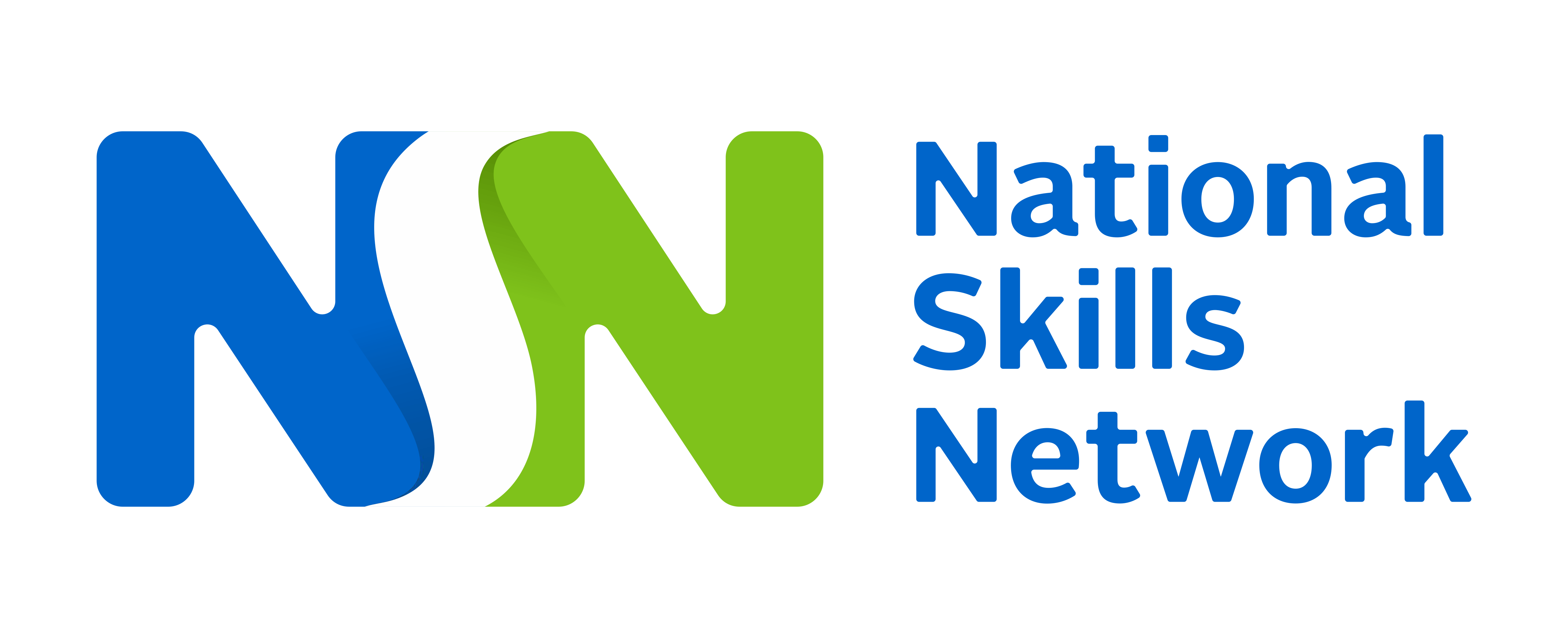




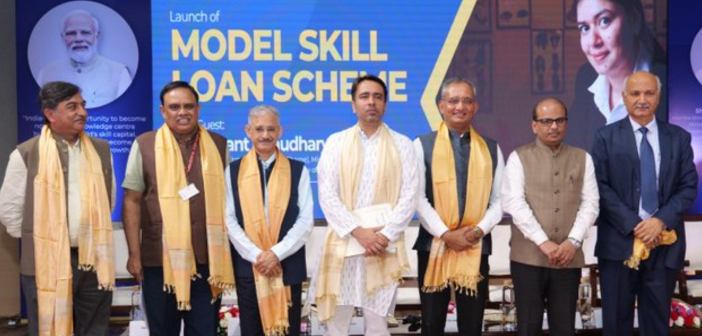
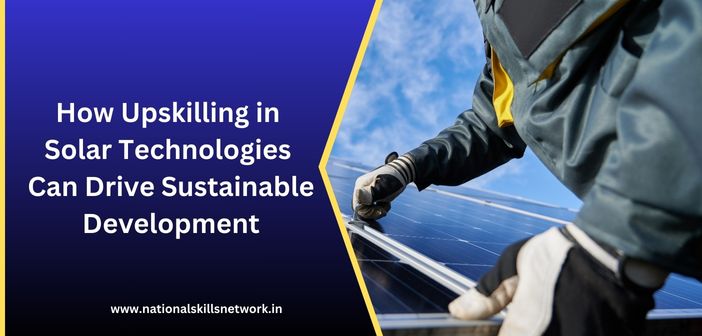
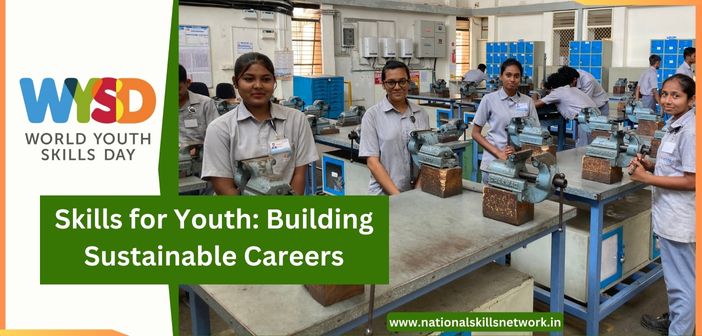

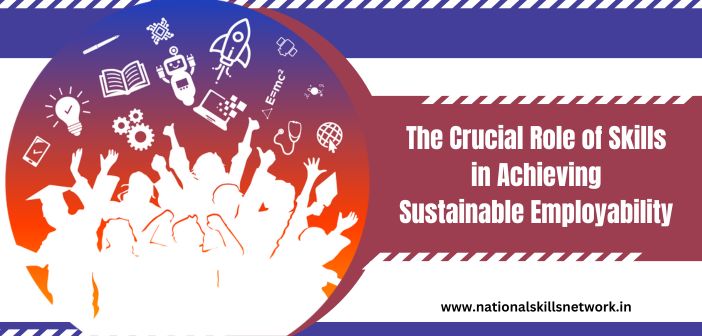
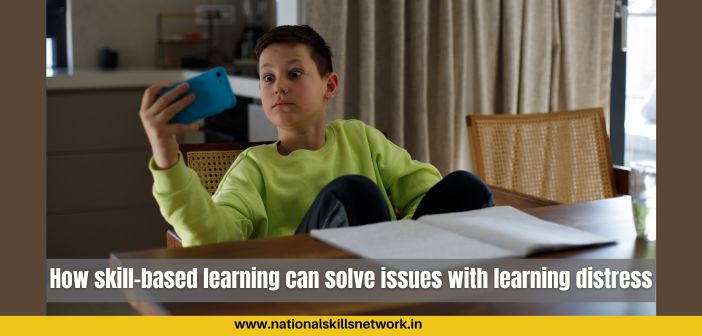
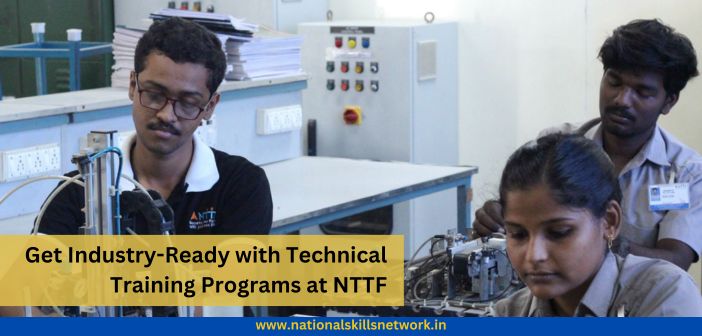

Comments 1